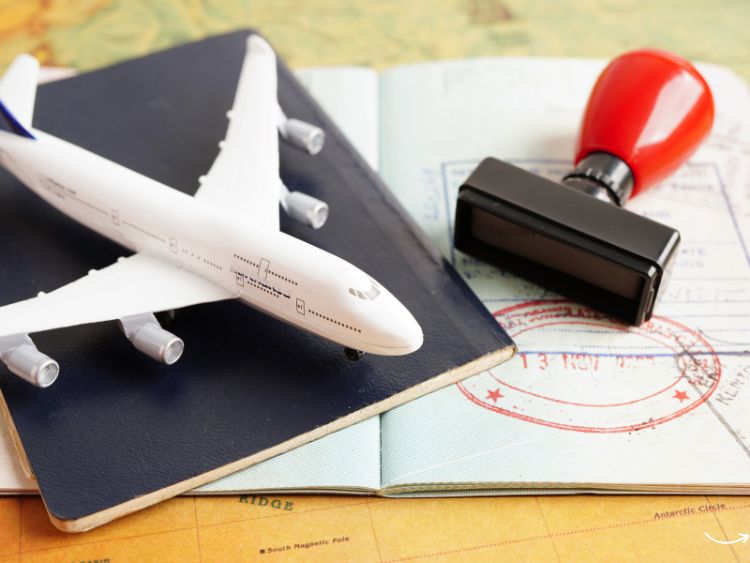Have you ever heard of the 221g visa? If you’re navigating the complex waters of U.S. immigration, chances are you’ve stumbled upon this term. The 221g visa is a temporary refusal issued by the U.S. consulate, leaving many applicants in a state of uncertainty. But don’t fret! In this comprehensive guide, we’ll demystify the 221g visa process, provide practical advice on how to handle it, and offer tips to improve your chances of a successful outcome.
What Is a 221g Visa?
The 221g visa refers to a section of the Immigration and Nationality Act (INA) that allows consular officers to temporarily refuse a visa application. This refusal is not a denial but rather a request for additional information or administrative processing. Essentially, it means your application is put on hold until you can provide the requested documentation or until further background checks are completed.
Why Is a 221g Issued?
Several reasons can trigger a 221g refusal:
- Missing or incomplete documents.
- Need for additional administrative processing.
- Security clearance issues.
- Verification of information provided in the application.
The Color-Coded Slips
When a 221g is issued, it often comes with a color-coded slip. These slips can provide clues about the nature of the additional processing required:
- Blue Slip: Indicates that the consulate needs additional documentation.
- Pink Slip: Suggests that the application requires further administrative processing.
- Yellow Slip: Often used for technical or scientific professionals, indicating a need for additional security clearance.
- White Slip: General administrative processing.
How to Handle a 221g Visa Refusal
Receiving a 221g can be unsettling, but it’s crucial to stay calm and follow the steps outlined by the consulate.
Step 1: Understand the Reason for the 221g
Read the slip carefully to understand what additional information or documents are required. The consulate will provide specific instructions on what you need to submit.
Step 2: Gather the Required Documents
Compile the requested documents as soon as possible. Ensure that all information is accurate and complete to avoid further delays.
Step 3: Submit the Documents
Follow the consulate’s instructions for submitting the documents. This may involve mailing them, uploading them to an online portal, or delivering them in person.
Step 4: Wait for Processing
After submitting the documents, be prepared to wait. Administrative processing times can vary widely, ranging from a few weeks to several months.
Step 5: Follow Up
If you haven’t received an update within the expected timeframe, consider following up with the consulate. Be polite and concise in your communication.
Tips for Avoiding a 221g Refusal
While not all 221g refusals can be prevented, taking these proactive steps can reduce your chances of encountering one.
Be Thorough
Ensure your application is complete and all required documents are included. Double-check for accuracy and consistency.
Prepare for the Interview
Bring all necessary documents to your visa interview. Be prepared to answer questions confidently and provide additional information if requested.
Stay Informed
Stay updated on visa policies and requirements. This can help you anticipate potential issues and address them proactively.
FAQs
Q: How long does administrative processing take?
A: The duration of administrative processing varies. It can take anywhere from a few weeks to several months. Unfortunately, there is no way to expedite this process.
Q: Can I travel while my 221g is being processed?
A: Travel restrictions depend on your visa type and specific circumstances. It’s best to consult with the consulate handling your case for guidance.
Q: Will a 221g refusal affect my future visa applications?
A: A 221g refusal is not a denial and does not automatically impact future visa applications. However, it’s essential to address the issues that led to the 221g to avoid future complications.
Q: Can I reapply if my 221g visa is ultimately denied?
A: Yes, you can reapply. However, it’s crucial to address the reasons for the initial refusal and ensure all required documents are in order.
Q: What should I do if my case is stuck in administrative processing for an extended period?
A: If your case is stuck in administrative processing for an unusually long time, you can follow up with the consulate. In some cases, seeking assistance from an immigration attorney may be beneficial.
Conclusion
Navigating a 221g visa refusal can be challenging, but understanding the process and following the consulate’s instructions can help you overcome this hurdle. Remember to stay organized, be patient, and seek professional advice if needed. By taking these steps, you’ll be better prepared to handle a 221g and move forward with your visa application.
Authoritative Links
For further information and authoritative resources on the 221g visa process, please refer to the following URLs:
- U.S. Department of State: https://travel.state.gov/content/travel/en/us-visas/visa-information-resources/administrative-processing-information.html
- U.S. Embassy & Consulates in India: https://in.usembassy.gov/visas/administrative-processing/
- Immigration and Nationality Act (INA): https://www.uscis.gov/laws-and-policy/legislation/immigration-and-nationality-act
- Visa Bulletin: https://travel.state.gov/content/travel/en/legal/visa-law0/visa-bulletin.html
- Consular Electronic Application Center (CEAC): https://ceac.state.gov/ceac/
By understanding the 221g visa process and being prepared, you can navigate this challenging situation more effectively and increase your chances of a successful visa application.
